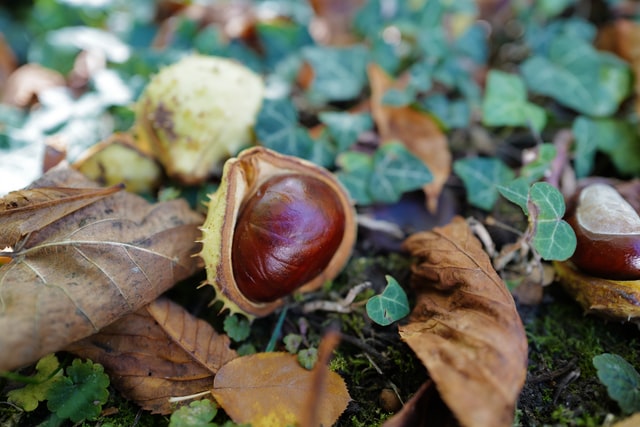How To Grow A Berkeley Buckeye Tree From Seed
The buckeye trees (Aesculus californica) with its membranous foliage and spectacular flower panicles gives the local vegetation shade and a decorative appearance. In summer, the flower panicles turn into large, light green fruits that can be harvested in the fall and used to grow new strawberry trees. Seeds should be sown immediately after harvest as they quickly lose germination during storage. While dead seeds are not difficult and grow with minimal maintenance, they should be sown at the right angle to produce a healthy, well-formed tree.
Step 1:
Collect the seeds of doom in mid-fall, when the greenish fruits open and the shiny light brown seeds emerge. Wear rubber gloves before handling the fruit as all parts of the tree are poisonous.
Step 2:
Peel the fruit and throw it away. Soak the seeds in a bucket of cold water for a day to soften the outer shell. Drain the seeds and place them in the shade while preparing the planters.
Step 3:
Fill 10-inch containers with a mixture of 1 part sand and 3 parts garden soil. Pour water into each container until the mixture is saturated. Let the water soak and drain for 30 minutes before sowing the dead seeds.
Step 4:
Sow a seed of buckeye trees (Aesculus californica) in each container. Dig a planting hole half the diameter of the seeds; For example, a 1 “high seed will require a 1/2” deep planting hole.
Step 5:
Place the cone seeds in the hole so that the top pale spot is completely covered. Gently push the seeds into the soil to secure them. To prevent drying out, sprinkle the seeds with a very thin layer of sand.
Step 6:
Place the containers against the protected south wall. Provide light shade on the hottest days of the day and protect yourself from frost at night.
Step 7:
Water the seeds in the cone only if it has not rained for more than a week. Pour water into containers until the top inch of the potting soil is very moist. Let 1/2 inches of soil to dry before adding water to prevent rotting.
Step 8:
Monitor germination after three weeks. Leave the containers in their original position until spring. Continue to water as you did during germination.
Step 9:
The buckeye trees (Aesculus californica) is transplanted to a permanent location in the spring, one to two weeks after the last frost. Place several chestnut trees at least 20 feet apart so that they have enough breeding space.
What do you need?
- Latex gloves
- Bucket
- a container
- Sand
- Garden soil
Take care of your tree
Like many trees, buckeye trees (Aesculus californica) does not require a lot of maintenance. Keep an eye on the plant and prune it back if it splits into several main shoots. The end of winter is a good time for this.
The good news is that buckeye trees (Aesculus californica) don’t have the deadly diseases or aggressive predators that infect other trees – at least not yet.
However, it is not uncommon for buckeye trees (Aesculus californica) to become infected with a fungal disease that causes brown spots on the leaves. Not much can be done about it, and it usually doesn’t cause irreparable harm. As the season progresses, the spots may spread over time on the tree, giving it a “burnt” appearance. Then the leaves fall early.
At Remedy Tree Removal Service, Our arborists have years of experience in tree-removal services, the ability to remove any pruning tree in any location is a task we specializarein. There are no big job and no small job when you work with us. The tree removal service we offer is affordable and our arborists are professionals with the experience required to provide superior service.
For quality tree service in Berkeley – Oakland – Richmond, call Remedy Tree Removal Service for a free quote @ (510) 229-4567
Please read our next article “Berkeley Buckeye Tree Profile“

